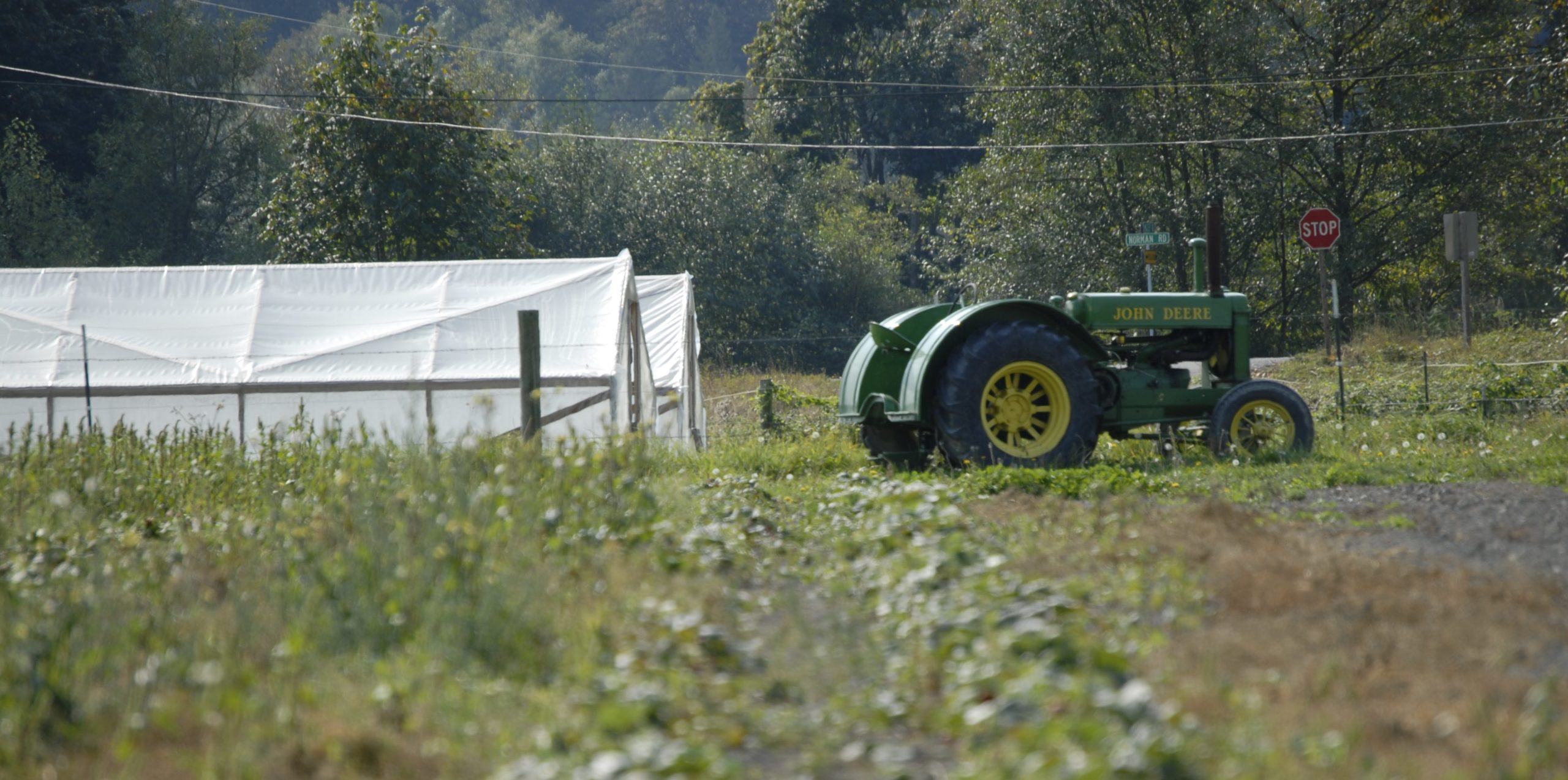
This year we have committed to growing even more food on our farm than we have in the past, which precipitated a need for more help to handle the additional weeding, harvesting, more weeding etc. Like most years, I have a big appetite for planting and while I do plan, the amount of work is often deemphasized while planning. As is often the case, the work is always considerably more.
This year we were fortunate to have a gaggle of teenage boys apply and I hired them. Strong young men who would like to earn some money. The challenge is that they were still in school and could only really work on Saturdays. This all changes this week and none too soon, because the weeds are coming with all the rain we got last week and the sun we got after that!
Normally, our family and a helper try to handle most of the farming chores, but this year I decided to add some help with the increased farming we added. And it was a good thing. With the wet April and the warm May, we were forced to pack a lot of farming into a fairly small weather window. This means that there is a ton of good work for those young men and our family.
Even more providential is that about two weeks ago I twisted my knee and have been unable to farm. I went from 12,000 steps a day to 100 steps overnight and have been limping along ever since. Oh, I miss farming, but having hired those young men plus John, our full-time farm hand, things have been trucking along. I have moved more towards managing the farm and doing less “farming”.
Even though I am a lame farmer for the foreseeable future, I am a “thankful” lame farmer and have been able to focus on some other important things like spending time with my children and grandchildren. As you might imagine during this season, I would rarely stop moving from sun up to sun down. But, this year I have been practicing how to SIT! My mom will attest that I came out of the womb and never stopped moving. So, this has been a big change for me.
I have had a chance to test a hypothesis though. I have often thought that weight loss has more to do with what a person eats than exercise. I believe in exercise, but now that I am a “lame” farmer, I got to test this hypothesis out. I know that a lot of people who tend to live a more sedentary lifestyle tend to gain weight (eek!). I am happy to report that I actually lost a little weight over the last three weeks, even though my physical activity has been sharply curtailed. I didn’t eat less or differently, just continued to eat a diet rich in plants. I am looking forward to getting back to farming, but as “luck” would have it, I have a great farm crew that has stepped up!
Tristan Klesick
Your Farmer and Community Health Activist

 Last year, we “top worked” some Comice pear trees in our orchard—36 to be precise. We saved 12 of these trees to pollinate the Buerre Bosc pears. I planted the orchard five years ago, but the Comice pears have not performed well and seemed unhappy in our microclimate. The Bosc pears, however, took to the microclimate like a duck takes to water. So this winter, I cut some scion wood from the Bosc pears and am going to “top work” the last 12 Comice pear trees. Last year, we grafted the Comice pears over to Conference pears and four Asian pear varieties. The picture in this article is Stephen cutting off the “nurse” limb we left to stabilize the tree from the aggressive pruning.
Last year, we “top worked” some Comice pear trees in our orchard—36 to be precise. We saved 12 of these trees to pollinate the Buerre Bosc pears. I planted the orchard five years ago, but the Comice pears have not performed well and seemed unhappy in our microclimate. The Bosc pears, however, took to the microclimate like a duck takes to water. So this winter, I cut some scion wood from the Bosc pears and am going to “top work” the last 12 Comice pear trees. Last year, we grafted the Comice pears over to Conference pears and four Asian pear varieties. The picture in this article is Stephen cutting off the “nurse” limb we left to stabilize the tree from the aggressive pruning.